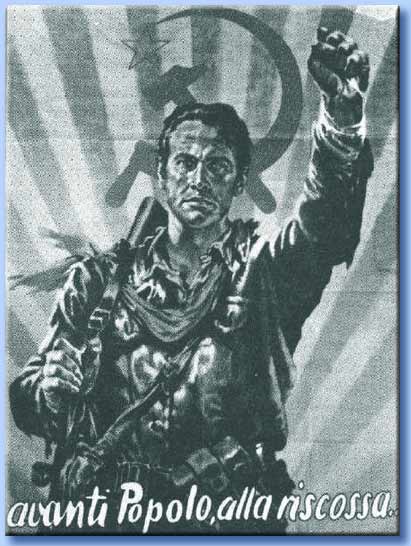This article was written by Thomasina for her after-school journalism class and will be published on their facebook page (Istituto Superiore Italo Calvino).
Italy vs America
Ever since I’ve been in Italy, the one question people ask me, without fail, the minute they find out where I’m from, is:
“Why did you leave America to come here? You’re crazy!”
I used to just smile and tell them it was my parents’ decision. But now I’m old enough to understand how different these two worlds are, it’s much easier to come up with an answer.
I ask Giacomo, who’s staying with us, three things he thinks of America. He says:
“Multicultural society
“Violent police force
“A better opportunity at succeeding if you work hard”
On the very day I was writing this, a boy on the school bus said he was “deluso” when he found out I was American. Is it because I’m not fat? He grinned and hopped off. I’ve no idea why he was “deluso”. [I'm deluded]
It’s hard not to be impressed by America because so many of our movies and the media comes from there but my experience when I went there was quite different. When I saw kids on school trips or in after-school groups, they were quiet and listened to their instructor with concentration and respect. The people were friendly and kind, always ready to help and enthusiastic. My sister and I literally couldn’t believe it. We would go to the skating rink near my grandmother’s house and we would see groups of kids there as after-school activities skating around. Every time me or my sister would fall, we were instantly ambushed with kids asking if we were okay, helping us up and brushing us off. I was amazed by the difference between these kids and the ones I’m used to here in Italy. In Italy, if I fell down everyone would gather around to step on me! Even more surprising, were the lines of children waiting to come onto the ice: they sat and waited under the supervision of teenagers barely older than I am now who were organising these kids as a summer job. In Italy they would be jumping over each other to get onto the ice first!
The number of visiting foreigners I saw was huge, and I suddenly understood the attraction America had for tourists.
But bad experiences can easily outweigh the good. Health and hospitals are outrageously expensive. When my father lived there, he fell off his bike and broke his leg. He was in hospital for two days. When he got out, the fee was $74,000.
He fell off his bike again in Italy. This time he broke three ribs, a shoulder balade, a cheekbone and had a swollen arm. He was in hospital for over three weeks. When he got out, he payed 34 euros.
I was amazed when I discovered this. The health service in America is just crazy.
Another thing I noticed was the racial discrimination going on. On the news recently, we’ve been hearing about black people being shot and beaten to death and condemned to years of jail. But even little things like the way, and what, people eat is stumping. Also the way they spend their time, going to malls, fun fairs and Disney land is wasting a lifetime of culture and learning that you can get in Italy with the museums, galleries, ancient civilisations, temples and churches.
Also Italy is very famous for it’s food. This I can’t dispute in any way, because it’s true in every way. In fact, Colin, an American guest also staying at our house says, when I ask him what he notices most that’s different from his home:
“Food, obviously.
“And family. People are more likely to stay and live with their families and to include them in their lives.
“Less diversity.”
So, in conclusion, we can’t really establish which country is “better” because they are so different in good and bad ways. I suppose it all depends on what you prefer: if you like hamburgers, Disneyland and malls, you’ll love America. If, on the other hand, you prefer homemade pizza, culture and ancient, rustic buildings, Italy is the place for you. And answering the question that so many people have asked me: No, it wasn’t my decision to move here, but I’m glad I was brought up in Italy rather than in America.

